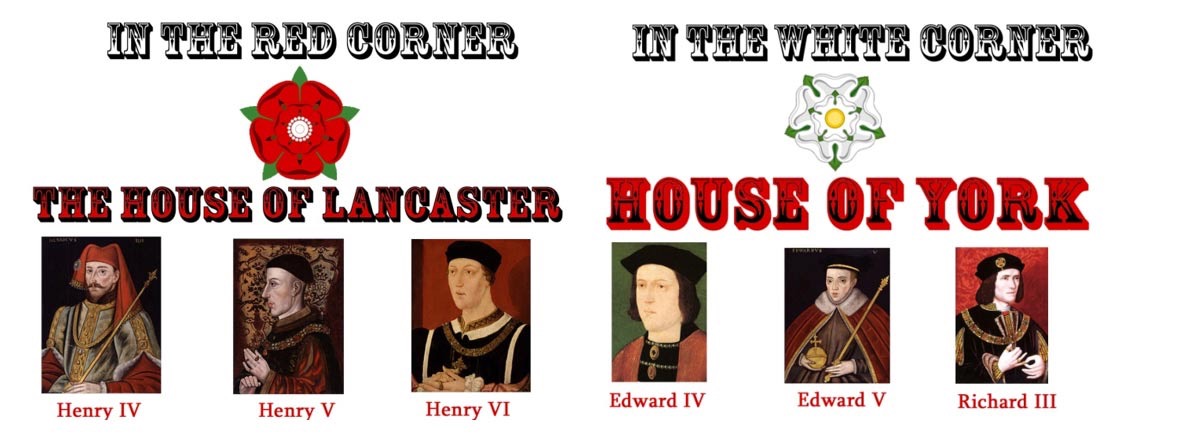War of the Roses
The English Civil War for the crown (1455-1487 CE)
1. Why "Roses"?
It was a label used by the novelist Sir Walter Scott (1771-1832 CE) to refer to the series of dynastic conflicts between the monarchy and the nobility of the kingdom of England. The ‘wars’ were a series of discontinuous, battles, executions, assassinations that led to a division in the political class of England into two groups following two of Edward III of England’s descendants (r. 1327-1377 CE): House of York led by Richard, 3rd Duke of York, then his sons, Edward IV and Richard III. House of Lancaster led by King Henry VI and his Queen, Margaret of Anjou.
Both groups used a badge in the shape of a rose only different in colour; a white rose for York and a red rose for Lancaster. The problem was complex since it went beyond both families to allies of either side who, of course, driven by benefits, changed allegiance throughout the decades of discontent. During the illness of King Henry VI, a fraction appeared between those who based around the Queen on one hand and the Duke of York on the other. The problems aggravated and a compromise was reached naming Richard, Duke of York as heir to the throne. The Queen refused this and the two factions started an armed uprising against each other. Consequently, Richard, 3rd Duke of York claimed the throne on the bases of the compromise made, and the Wars broke out.
.
